Interview with Christophe Botté, director of La Cave du Roi Dagobert
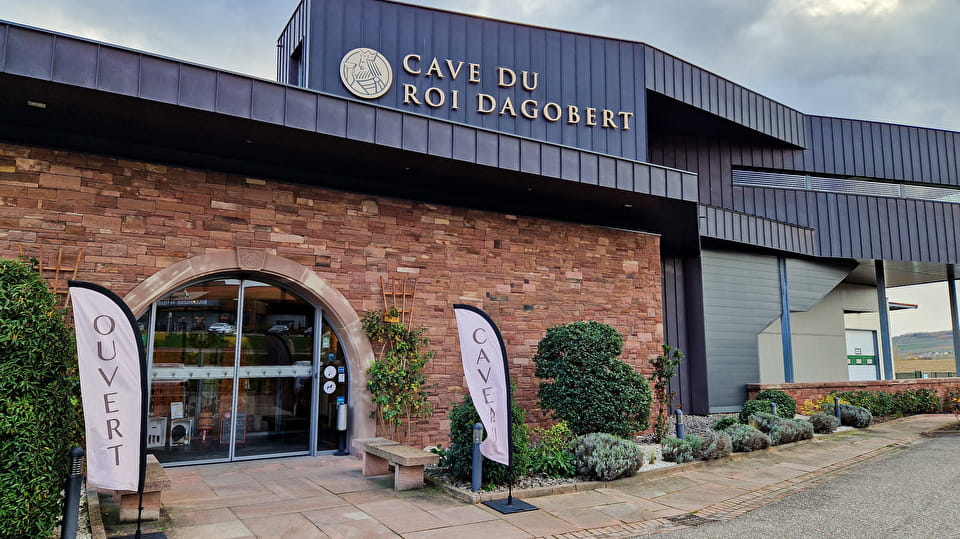
Interview with Christophe Botté, director of the Cave du Roi Dagobert
We recently had the honour of meeting Christophe Botté, director of the Cave du Roi Dagobert for the past ten years, a famous wine cellar in the area. By granting ourselves this interview, we were able to discover this elegant and charming place. Located in the charming village of Traenheim, this cooperative winery has been distributing its Alsace wines since 1952.
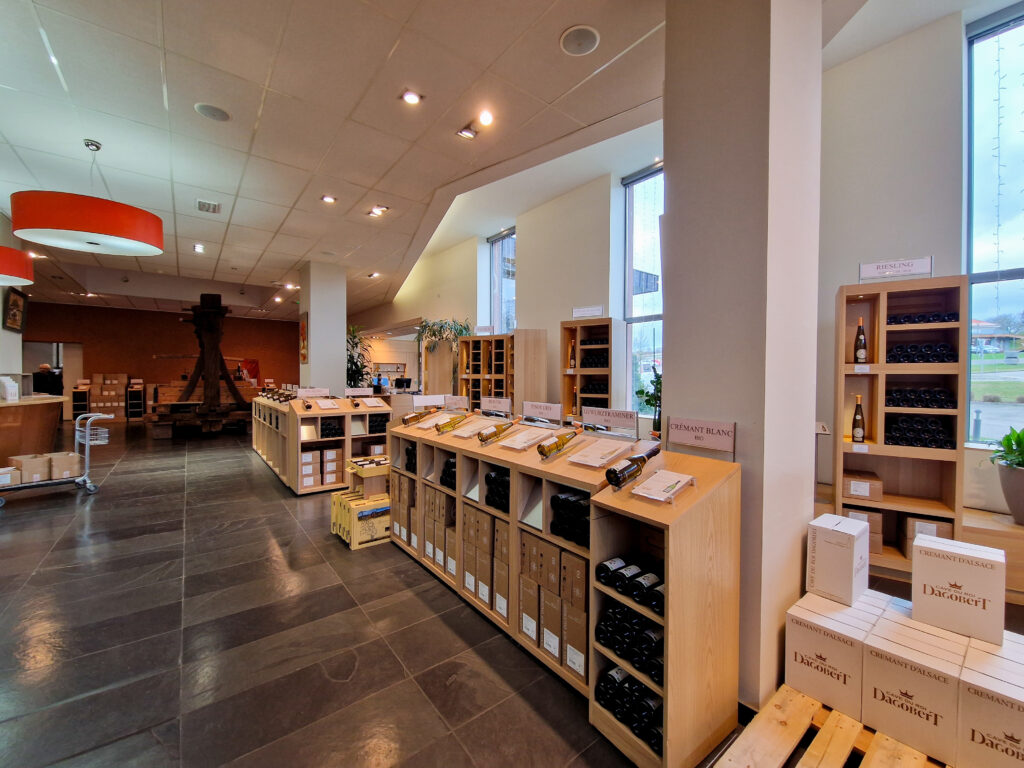
A cellar located on the royal grounds
Located on the land of King Dagobert I, the winery takes its name in his honour. With its 1000 hectares and its 250 winegrowers located in the various neighbouring territories, the winery has a great reputation that makes the name of Dagobert resonate throughout Alsace.
During our interview with Christophe Botté, we had the chance to discover the latest novelty, the Irmine cuvée.
Did you know?
The Irmine cuvée takes its inspiration from the daughter of King Dagobert Irmina. Legend has it that she regained her sight in Irmstett, a village near Traenheim. It is this young woman who is said to have bequeathed her name to the city of Irmstett.
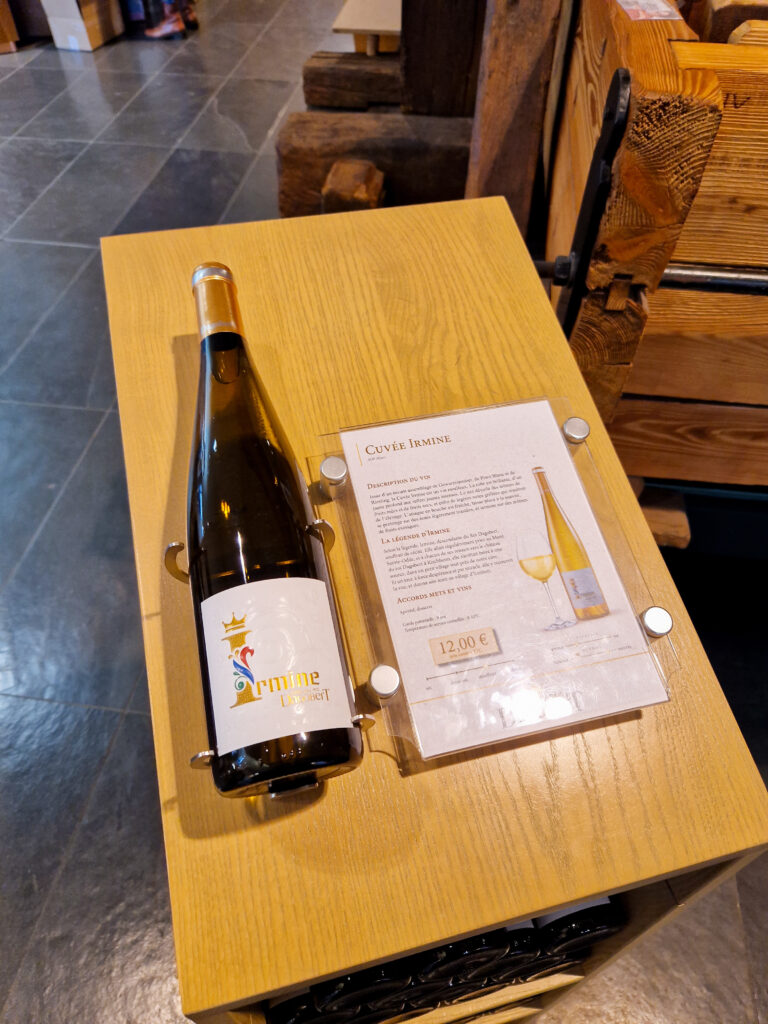
What are the highlights of the Roi Dagobert cellar?
- Terroirs: The clay-marl limestone soils that characterize those of Dagobert are conducive to the production of racy and distinctive wines.
- Environmental approach: for decades, the environment has been at the heart of King Dagobert’s winery’s concerns. Certified 100% HVE (High Environmental Value) level 3, it has been a leader in organic production for years.
- State-of-the-art facilities: which allow the production of high-quality wines.
In addition, consistency, quality, and hospitality are beautiful values on which the Roi Dagobert cellar is based.
What is the flagship wine at the Cave du Roi Dagobert?
Although the 7 grape varieties as well as the Crémants d’Alsace can be found among the wines made, the winery’s flagship wine is undoubtedly Riesling. King of Alsace wines, it has the ability to age better than the others. In addition, it allows an expression of each terroir and particularly on those of Dagobert. It is truly a wine that will be declined in three grands crus: Engelberg and Altenberg from Wolxheim, Altenberg from Bergbieten
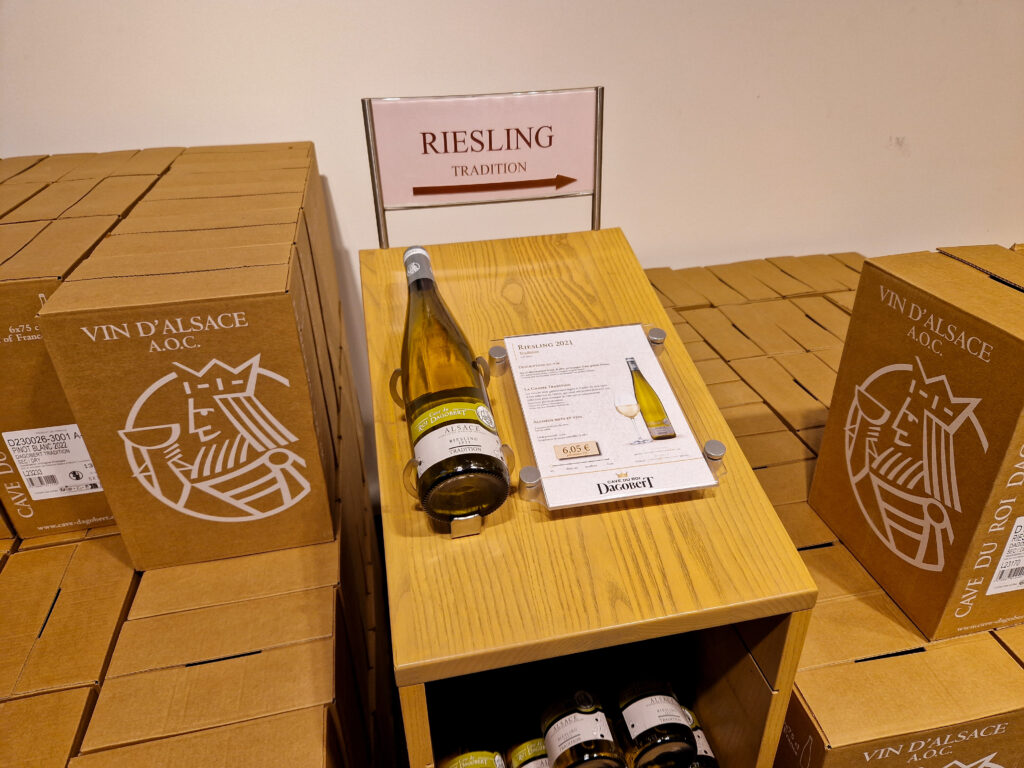
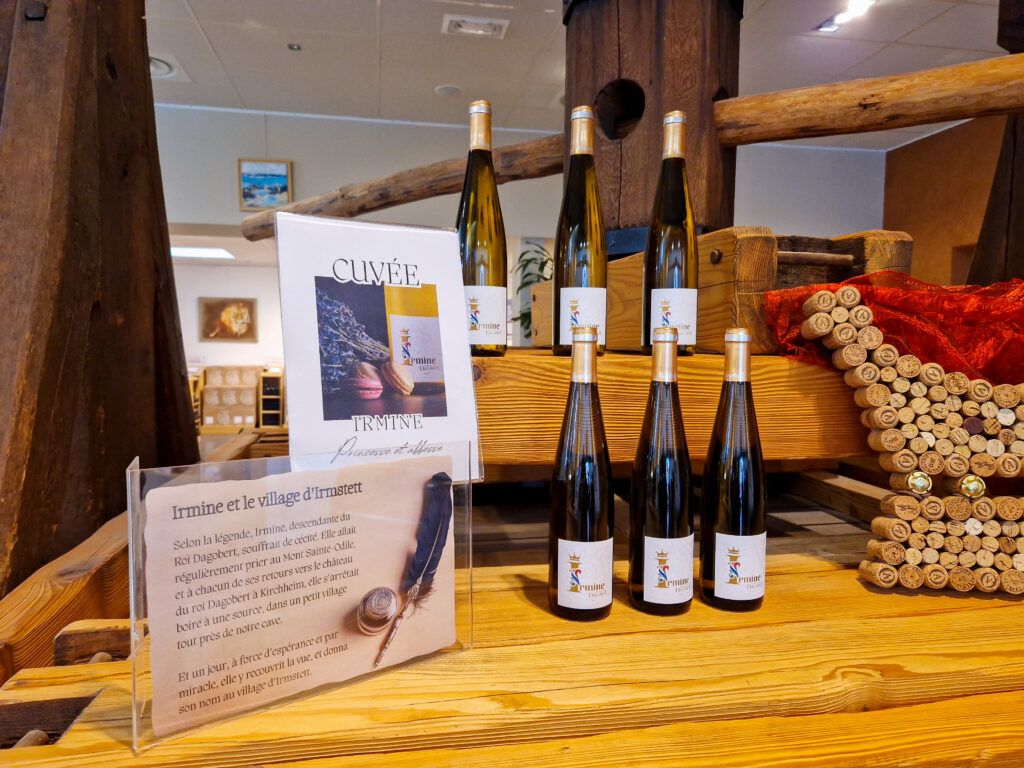
In conclusion, if you want to discover Alsace wines whose entire production is local, mark this gourmet stopover in Traenheim and get advice from the welcoming team at the Roi Dagobert cellar. By tasting their specialities, you will discover a piece of the history of kings.


